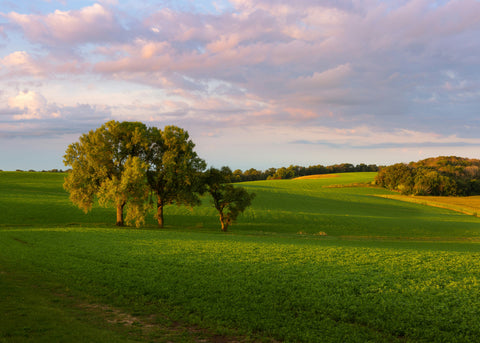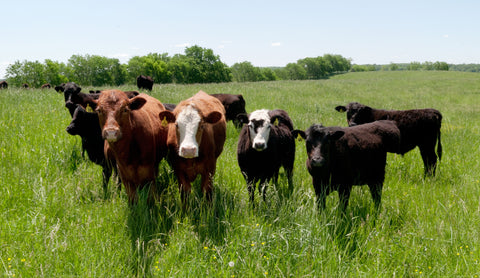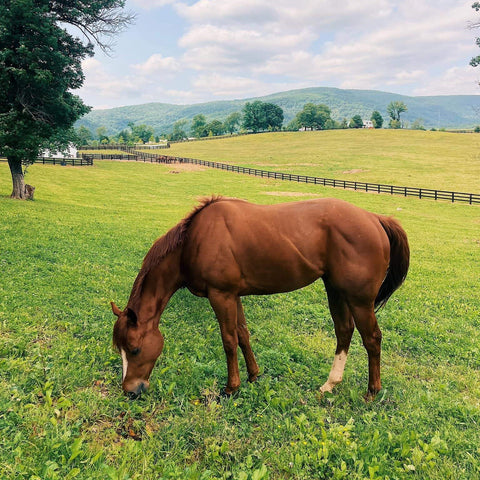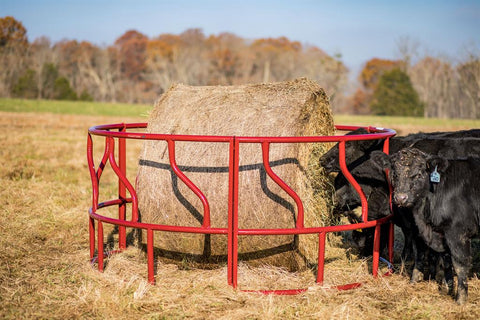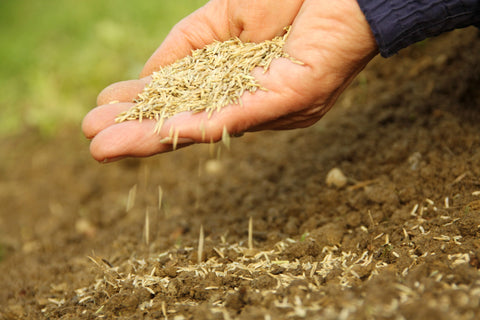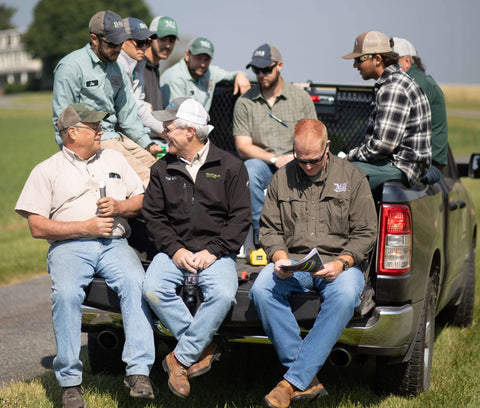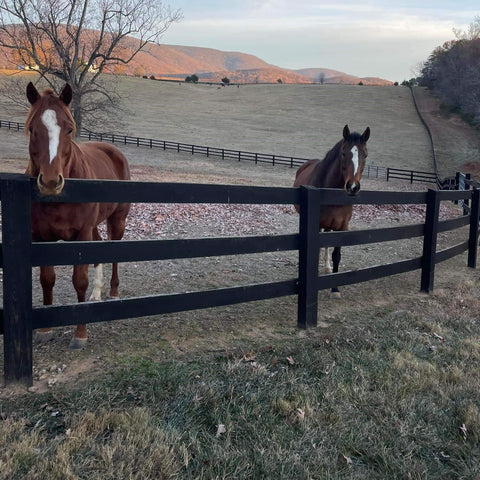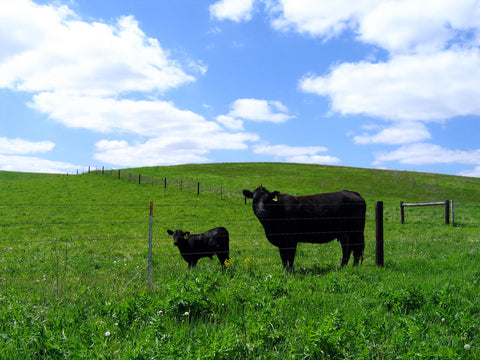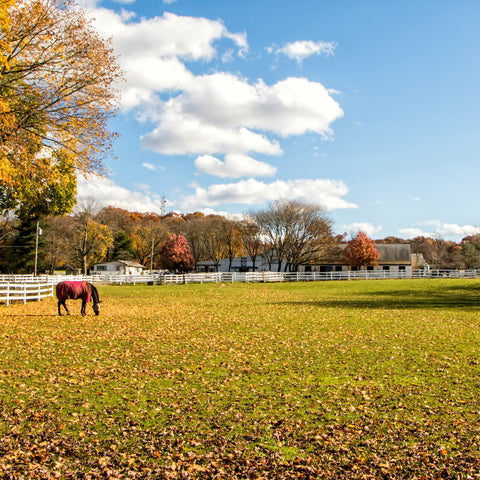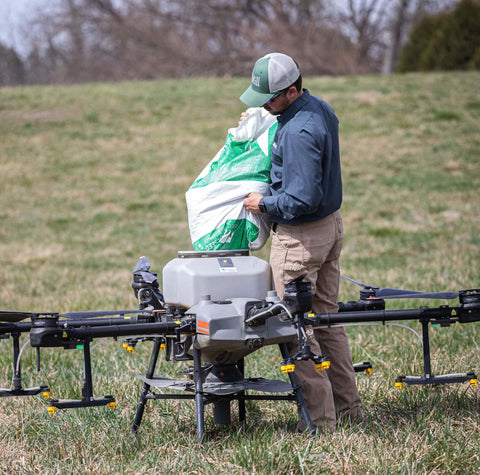At The Mill, we take great pride in providing our customers with high-quality forage and pasture seed mixes. Our team of agronomists is dedicated to helping you achieve success with your pastures, leading to improved hay production and livestock performance.
We are excited to carry varieties of orchard grass, festulolium, ryegrass, bluegrass, and several clovers with a focus is on finding seed genetics that increase forage quality, yield, and longevity. We stock multiple pasture mixes, each designed to withstand the grazing pressure of horses and livestock throughout the year.
Many of these species and varieties are sourced from DLF, the largest seed company in the world. With our commitment to providing high-quality seed mixes and expert advice, you can trust The Mill to meet your forage and pasture needs

